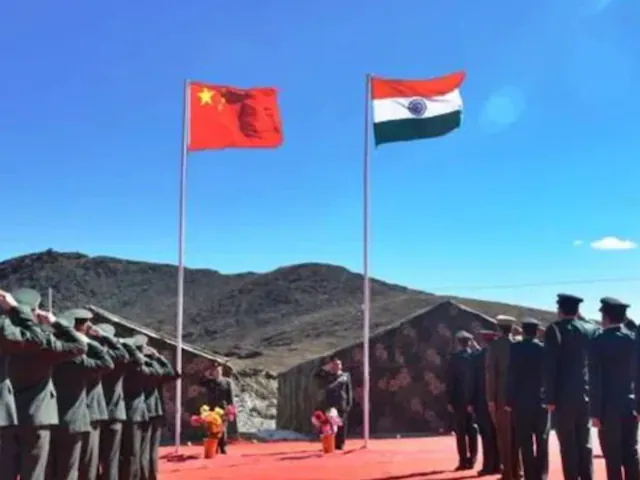
India and China reached an agreement on patrolling arrangements along the Line of Actual Control (LAC) after a series of discussions and deliberations at both diplomatic and military levels. The breakthrough comes after a military standoff between the two countries in Eastern Ladakh since 2020.
Defence sources have confirmed to CNN-News18 that the agreement pertains to friction points in Depsang, Demchok and other areas where disengagement has already taken place. “Over the past several weeks, Indian and Chinese diplomatic and military negotiators have been in close contact with each other on a variety of fora. As a result of these discussions, an agreement has been reached on patrolling arrangements along the LAC in the border areas, leading to disengagement and a resolution of the issues that had arisen in these areas in 2020. We will be taking the next steps on this,” Foreign Secretary Vikram Misri said in a press conference on Monday.
While the Ministry of External Affairs did not elaborate on the design and process of the agreement, Defence officials stated that it was reached after several meetings between diplomats from both countries, with active participation from their respective militaries. They emphasised that in addition to Corps Commanders level talks in February and the Working Mechanism for Consultation & Coordination on India-China Border Affairs (WMCC) in August this year, meetings and consultations were held regularly.
“Both countries have agreed on patrolling. It is mainly for Depsang and Demchok where we have more than five patrol points, but it is not limited to these two friction points only,” said a highly placed source in the Ministry of Defence. “It is going in a positive direction, but modalities are being worked upon and further plans can be announced after the possible meeting between Prime Minister Narendra Modi and Chinese President Xi Jinping on the sidelines of BRICS.”
Disengagement at Finger Area and Galwan’s PP14 occurred two years ago, followed by similar actions at Gogra’s PP17 and Hot Spring’s PP15. However, patrolling remained suspended at these locations. Sources now suggest that patrols will soon resume at these points as well where buffer zones have been implemented.
“This is still being implemented and hence, nothing much can be said. However, both sides are working for on-ground implementations. This will not result in pulling back troops immediately, but things possibly will change for the better,” explained the officer.
A graded three-step process, often referred to as the ‘Three Ds’, Disengagement, De-escalation and De-induction, has been consistently highlighted as necessary for easing the India-China border standoff.
To date, India and China have engaged in 21 rounds of military commander-level talks. Similarly, 31 rounds of WMCC meetings have also taken place to find a resolution to the dispute.






